Henri Michaux
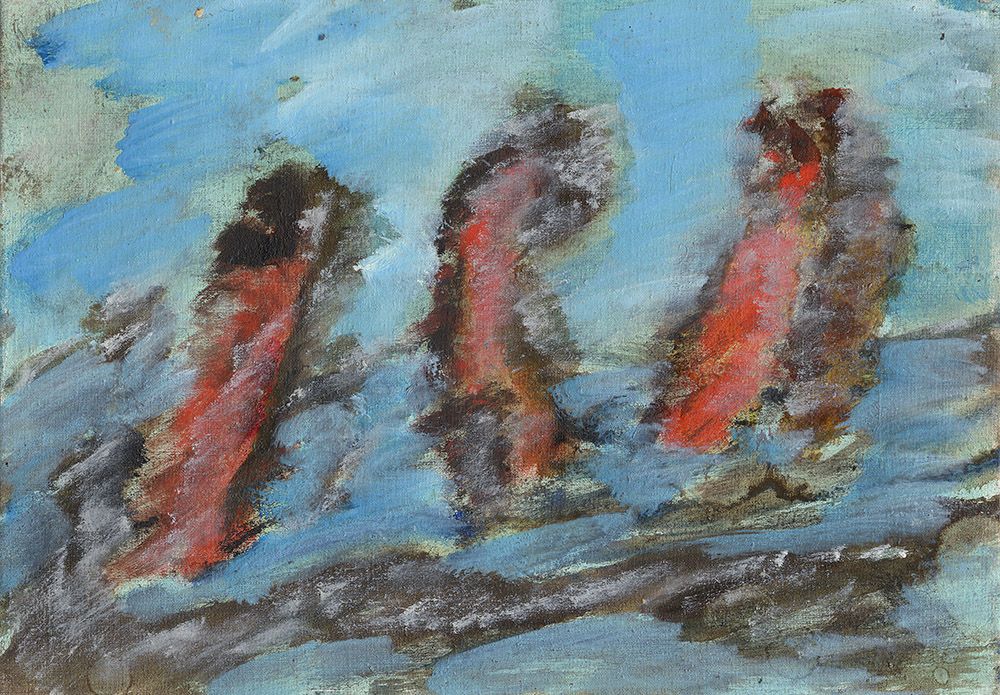
Selected Works
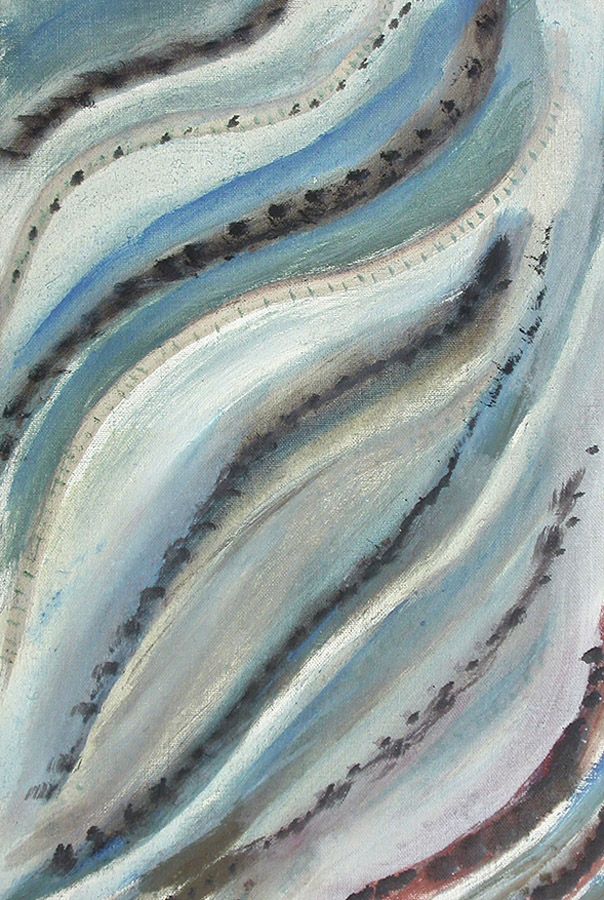
Henri Michaux
MP 1577, 1977
Oil and acrylic
35 x 24 cm

Henri Michaux
KC 505, 1984
Oil
19 x 27 cm
Henri Michaux
KC 470, 1971
Ink, acrylic and oil on paper
37.5 x 54 cm
Monogrammed lower left

Henri Michaux
K 225, 1970
acrylic
54 x 75 cm
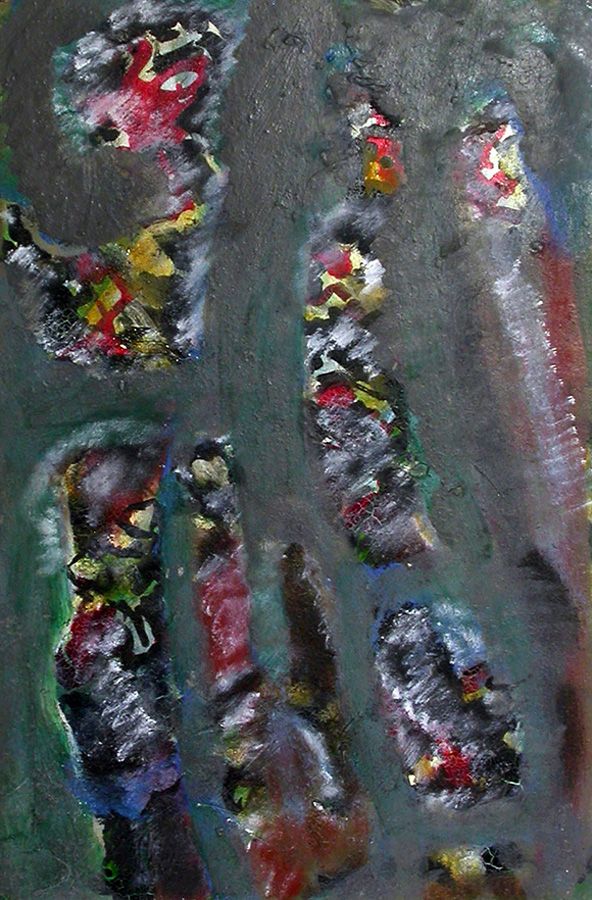
Henri Michaux
MP 1258, 1982-1983
Huile
22 x 33 cm
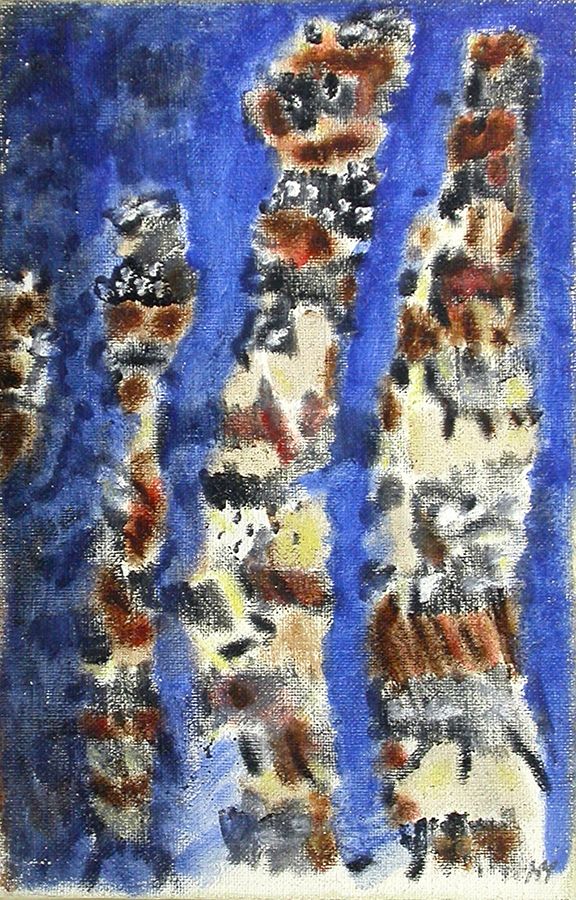
Henri Michaux
MP 1871, 1982-1983
Oil
41 x 37,3 cm
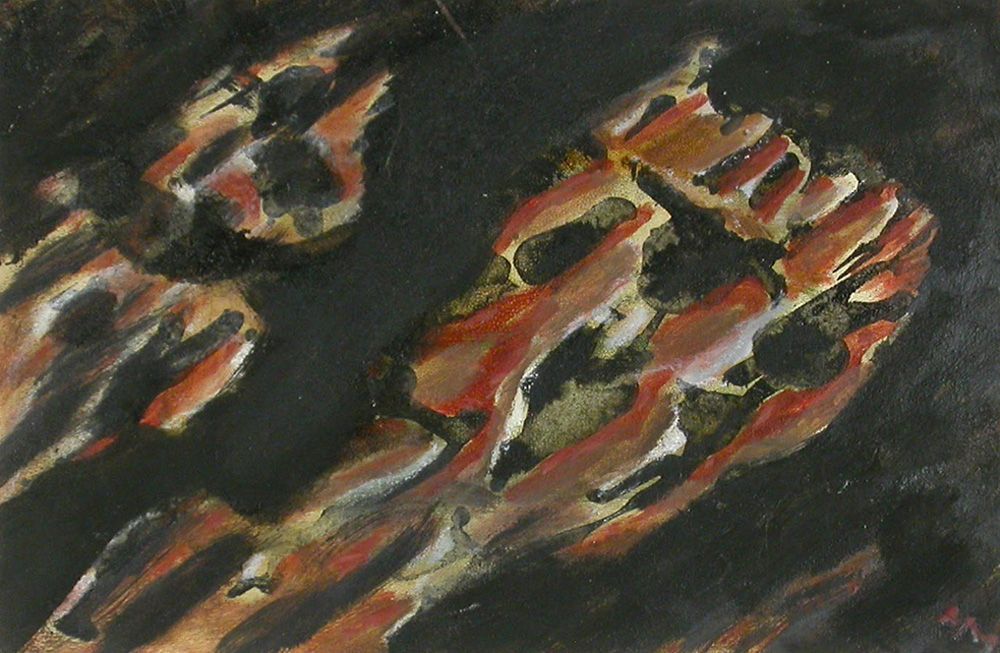
Henri Michaux
KC 393, 1982
Oil
16 x 24 cm
Some of the works depicted are no longer available.
Biography
Henri Michaux's hand is tenacious. It writes, draws, paints continuously. It traces lines, furrows, undulations that accumulate in a strict immensity. Nothing seems to stop it, not even the communication between the writing and the image, usually impossible to elucidate and which in Michaux is incessant.
In 1925, he saw the works of Klee, Ernst and Chirico... an extreme surprise. Until then, he hated painting and the very fact of painting, as if there was not enough reality. In 1937, he began to draw differently than from time to time and he exhibited for the first time at the Galerie Pierre in Paris. He then continued to work tirelessly, to the point that his graphic production ended up surpassing in part his written production. Throughout his life, he explored watercolor as well as pencil drawing, gouache as well as engraving and ink. He was also interested in calligraphy, which he integrated into several of his works. In 1957, he exhibited in the United States, Rome and London. In 1963, he exhibited collectively at the Galerie Notizie in Turin with Borduas, Burri, Dubuffet, Pollock, Tapies...
